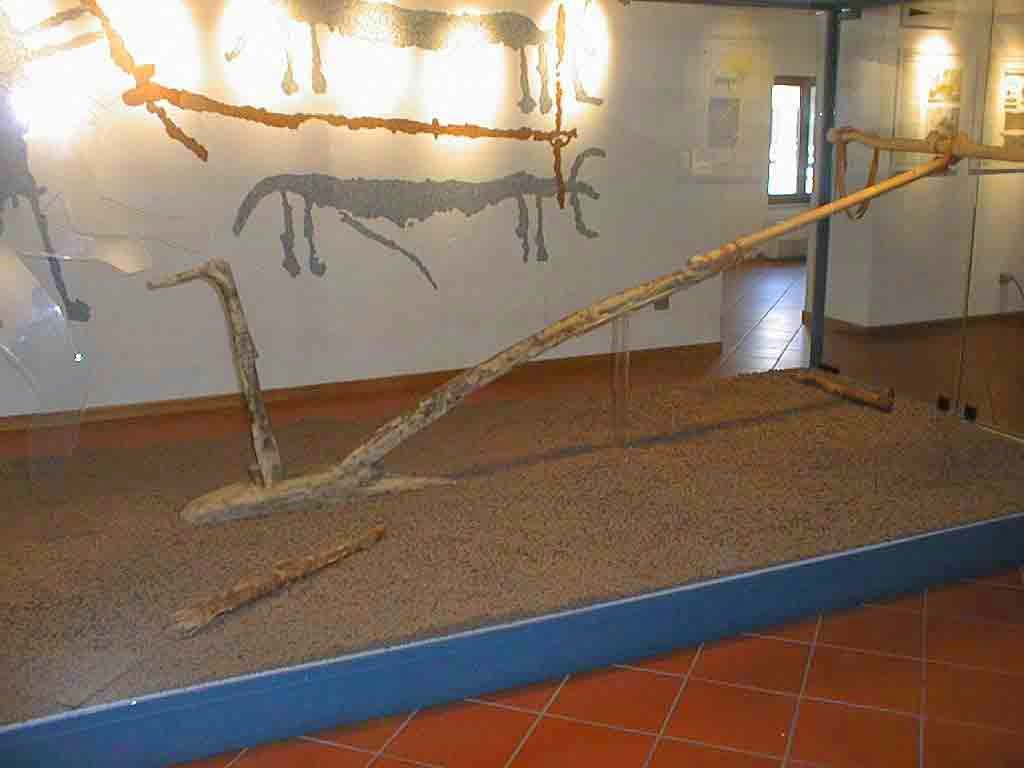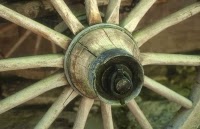The Arts and Crafts Movement
The arts and crafts movement was oriented in Britain
during the late nineteenth century. It is the movement that we see the
architects and also the designers taking part in this movement. This movement was
between the years of the 1850-1914. This movement was also characterized by the
style of the medieval times. The most famous designer that we can see in this movement
is William Morris.
The first phase that happened during this
movement was the Pre-Raphaelite Brotherhood and also by the Medieval Escapism. In this case we can see three popular artists
that are Dante Gabriel Rosetti (1828-1882), Edward Burne-Jones (1833-1898) and also
Ford Madox Brown (1821-1882) which all designed for the Morris and Co and also
by Gothic Revivalism which it was practiced by the architect George Edmund
Street (1824-1881). While the reforming of the ideas of Augustus Pugin and also
John Ruskin William Morris was being the first designer to attempt to put many
of the theories into practice while he established Morris, Marshall and
Faulkner and Co in the 1861 where in the 1874 it was changed to the Morris and
Co, then they put their publishing division Kelmscott which the work was
associated with the arts and crafts. This style is in several types of styles
such as in the design including the architecture also in the typography and
books, printing and also textiles and interior design.
This movement was also
placed in the higher importance it is because of the craftsmanship while it was
emphasized the importance of the art to contribute the economic reform.
William
Morris, Tulip and Willow, 1873
The
Nature of the Gothic, Printed by
William Morris, 1892
Standen
House, Designed by Phillip Roth, 1891
Cowper
Rose, Sydney, Australia
Arts and Crafts Movement
Arts & Crafts : Design Is History. 2013. Arts & Crafts : Design
Is History. [ONLINE] Available at: http://www.designishistory.com/1850/arts--crafts/.[Accessed 18 May 2013].
Arts & Crafts : Design Is History. 2014. Arts
& Crafts : Design Is History. [ONLINE] Available at: http://www.designishistory.com/1850/arts--crafts/.
[Accessed 02 November 2014]. (Image)
Author: Charlotte and
Peter Fiell, Title of the Book : Design of the 20 th century, Published:
Taschen, Page
62.
Crystal
Palace Exhibition
62.
Crystal
Palace Exhibition
The crystal palace is
the hugest glass and iron structure that was built in the 1851 for the Great
Exhibition where it was held in London’s Hyde Park. The idea was of Prince
Albert who was the head of Society of Arts where he wanted to impress the world
with the Britain’s industrial achievements. The countries that were included
were France, the United States, Russia, Turkey, and also Egypt that these all
attended with the exhibits which fell into four main categories that are the
Raw Materials, Machinery, Manufacturers and also Fine Art.
The Crystal Palace
was designed by Sir Joseph Paxton which
it finished in October of the year 1851 where
after it finished in that
year the Great Exhibition
he had the
idea of moving it to
the Penge Place Estate, Sydenham
as a Winter Park and also as a Garden under Glass.
The Penge Place had now been named as the
Crystal Palace Park which it was owned by the Paxton’s friend and also by the
railway entrepreneur Leo Schuster. In august of the year 1852 it saw the
rebuilding work and in June 1854 the Crystal Palace was re-opened to its new location
by the Queen Victoria., where the whole building was 1,848 feet long and 408
feet wide which it includes the huge towers and also many fountains with over
11.000 jets rising into the air, this building was enormous.
The crystal palace got
damaged by strong winds in the year 1861 and on Sunday the 30th of December
1866 a fire broke out and destroyed the North End if the building along with
many history exhibitions that were natural.
The Crystal Palace
BBC - London - History - Crystal Palace: A
History. 2014. BBC - London - History - Crystal Palace: A History.
[ONLINE] Available at:http://www.bbc.co.uk/london/content/articles/2004/07/27/history_feature.shtml.
[Accessed 02 November 2014].
The Crystal Palace: Home to the Great
Exhibition of 1851 | Architessica. 2014.The Crystal Palace: Home to the
Great Exhibition of 1851 | Architessica. [ONLINE] Available at: https://architessica.wordpress.com/2011/03/28/the-crystal-palace-home-to-the-great-exhibition-of-1851/.
[Accessed 02 November 2014].





























